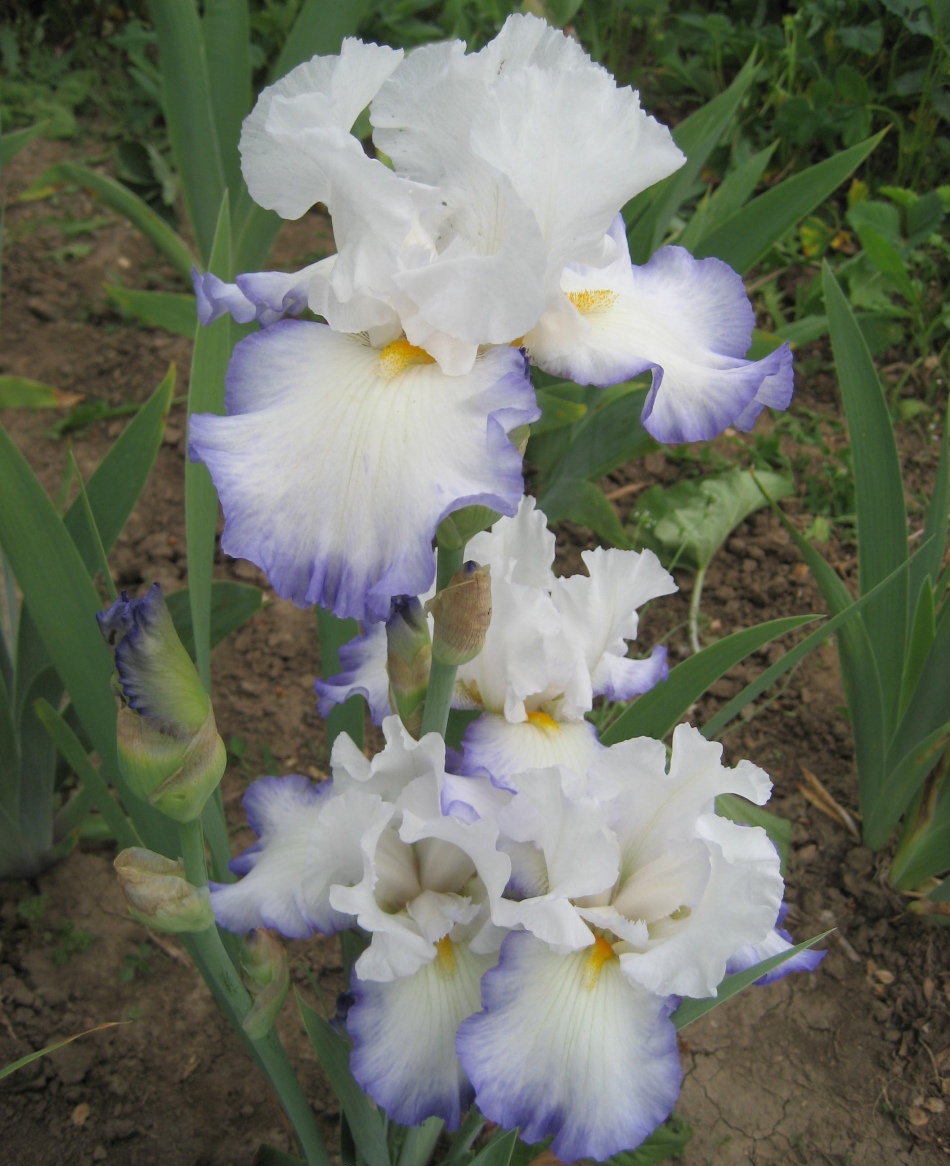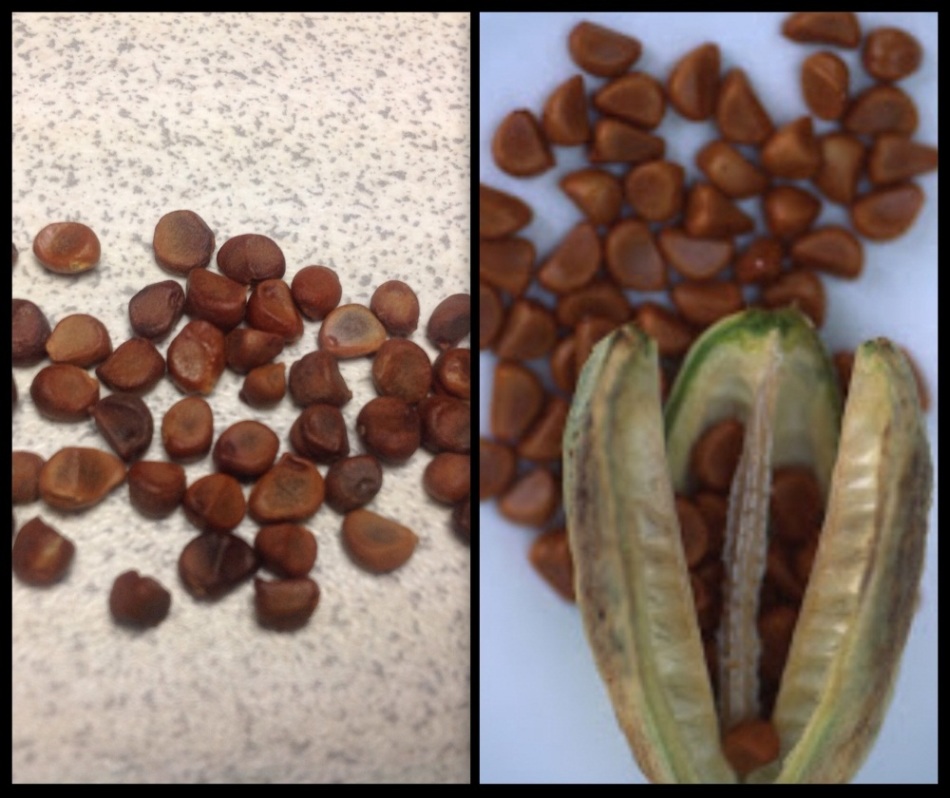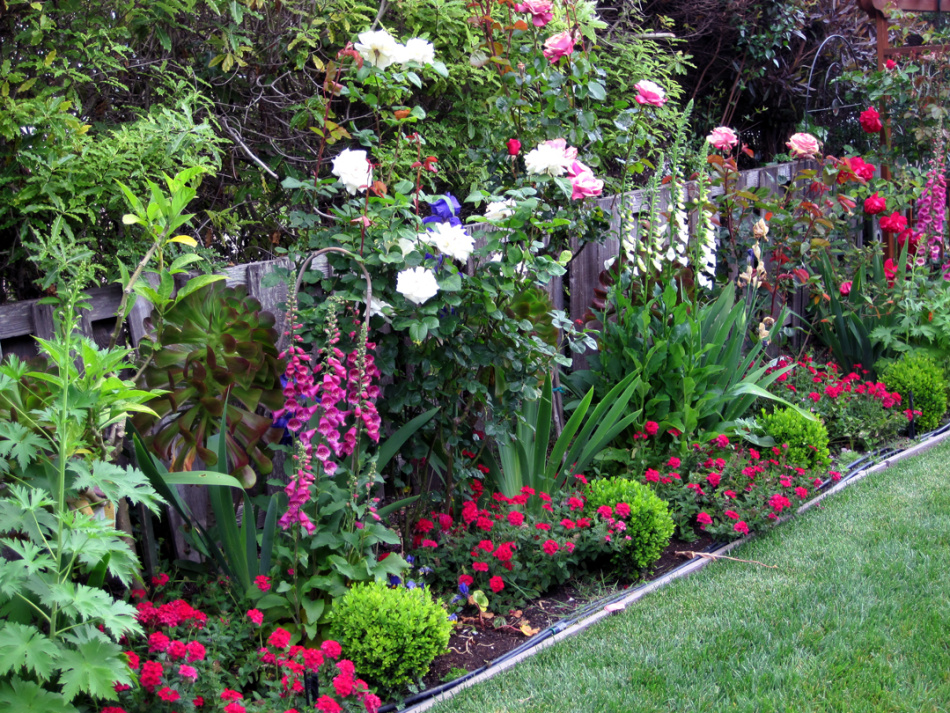Caring for irises from seed sowing to transplantation. Features of growing Japanese, Dutch, German varieties.
Content
- A type of bearded iris-yellow, red, white, blue, white-pink, purple, black: what looks like, photo
- How to buy irises in China in the online store Aliexpress: Links to the catalog
- Growing irises from seeds from China
- When is it better to plant an iris bearded: spring or autumn?
- When is it better to plant irises in open ground: in the spring and how to care?
- Landing irises in the ground and departure in August, autumn: Tips
- Why do not bloom irises, some leaves: reasons
- Transplanting bearded irises to another place: when it's better?
- Pruning of irises, care for irises after flowering: tips
- Irises - preparation for winter: how to cover?
- Iris Dutch onion: landing and care
- Flower - Japanese iris: landing and care
- Flower - Iris German: landing and care
- How to plant irises in the country, what to plant nearby?
- Using irises in landscape design: photo
- Video: irises - landing, care and reproduction
Spring and summer is the time of riot of colors and aromas. We love this period not only for heat, but also the beauty of home flowers. Among them, irises worthy of attention. They have come into the life of gardeners for so long that it is difficult to imagine a plot without one bush of rings.
Their colorful color, the relative ease of growing and the ability to enrich the soil on which they grow, attract both professionals and lovers of creating the beauty of flower beds in the country.
Let's talk about iris, their cultivation and care in more detail.
A type of bearded iris-yellow, red, white, blue, white-pink, purple, black: what looks like, photo

Irice of the bearded has such a diverse palette that you want to purchase and plant each shade on their site.
Look below the photo selection and inspire a similar desire:




























How to buy irises in China in the online store Aliexpress: Links to the catalog

If you have a desire to diversify the color scheme of your flower bed in the country/near the house with exotic varieties of irises, visit Aliexpress.

We talked about the rules of registration on Aliexpress here, about the features of the order of the goods - here.
Growing irises from seeds from China

To increase the chances of 100%germination of irises seeds, choose their species specimens before buying, and not varietal.
Since the seeds will come to you from distant China, do not put them in the ground right away. Because there is no accurate information about the date of their collection. They could be stored until the sale of more than one week.
- If you purchased seeds in early autumn, prepare for them peat pots with sandy soil and sow.
- Get the pots in an open area with good illumination.
- With the first frosts, cover the site with seedlings of straw, leaves.
Experienced gardeners use a synthetic winterizer for these purposes, which is used in sewing.
If your seeds have time to germinate to winter cold, then such a warm pillow will protect them from freezing and retain a free flow of air.
If you received seeds in winter, prepare them for planting in the spring in open soil. To do this, conduct stratification of irises seeds:
- moisten a rag with water
- lay the seeds inside it and wrap it
- put in polyethylene and in a tray
- put the latter in the refrigerator under the freezer so that the temperature is -3-5 ℃
Perform all the actions indicated above a month before planting in the ground. For example, in February, then in March, sow the seeds in open soil.
Stratification softens the seed shell so that the sprout can break through it during growth.
Be prepared for the fact that you will see the flowering of irises after sowing seeds only 3-4 years after planting in open ground.
When is it better to plant an iris bearded: spring or autumn?

- Varieties of the bearded iris are propagated by roots. Therefore, the best time for their separation and planting is the end of summer-autumn.
- During this period, the irises have already faded, their rhizomes are full of strength and will suffer all the manipulations in separation.
- The second important point - young plants will have time to adapt to the soil and conditions on the flowerbed. They will be ready for wintering and for the new warm season.
If you acquired the rhizomes of the desired variety of bearded irises later, keep them like this:
- carefully view the condition of the roots, remove the damaged and rotten areas with a knife
- lower the roots for a third of an hour in a weak solution of potassium permanganate
- leave to dry in the sun or on the windowsill in the heat
- put in a box and sprinkle with sawdust or dry peat
- store in a cool room, for example, on the balcony until spring
In the spring after melting snow, plant the roots of irises in prepared soil. Pay attention - they will show maximum flowering only through dad years.
When is it better to plant irises in open ground: in the spring and how to care?

Depending on the type of irises, there are differences in their spring planting in open ground.
The moment is the preparation of the soil. For this:
- determine the type of soil and add to it the substances that it is poor. For example, acidic is neutralize ash, dolomite flour, chalk,
with excess sand - a high -clay earth,
loam - peat and sand, - enrich ordinary soil with compost and phosphorus-potassium fertilizers. Manure is not suitable as a source of useful substances for irises in the spring,
- choose a well -lit place in the morning without drafts on the site. After lunch, it is better if it is shaded,
- disinfection of the soil and inhibition of the development of weeds with fungicide and herbicides, respectively,
- think and perform drainage on the site for irises.
- plant the seedlings in a certain order - chess, after, in a circle. In the first two versions, observe the distance between the holes of 40-50 cm, in the third-30 cm,
- feed the plants only until the flower buds are formed. The irises are unpretentious in care, because they do not particularly need additional enrichment of the soil with fertilizers.
Then there are differences in planting plants:
- plant the bearded irises in not deep pits, in the center of which pour a mound of dry soil/sand. Lay the root on it, straighten the roots. Sprinkle the hole so that the upper part of the root remains visible,
- deep other types of irises in the holes by 2-3 cm without openness of the root system,
- after planting, pour the irises of all kinds under the root except bearded. The latter will evaluate additional watering only in the case of extremely arid spring/summer,
- drainage is required for the soil for bearded irises so that there is no increase in moisture. The remaining plant species love humidity in the ground.
When Iris's diseases appear, try to react as quickly as possible:
- witched and yellowed leaves, buds, flowers - a signal about the danger of infection of other plants. Therefore, remove the sick with the root and burn it,
- from the slugs, lay out between the rows wet rags or sheets of burdock overnight. In the morning, collect them with slugs and throw them away,
- spray with drugs from diseases only to form buds with flowers,
- after flowering, view the iridaria and remove the sore specimens.
Landing irises in the ground and departure in August, autumn: Tips

The line of summer and autumn is time to transplant irises to another place or multiply their vegetatively, roots.
- Dig the bearded specimens with a pitchfork so as not to injure the roots.
- Shoot them from the ground and divide the mother root with a knife, hands, shovel. On each segment, save 1-3 kidneys, a pair of roots and several leaves. Cut the latter by fan by a third.
- Cut the affected areas with a knife.
- Process the resulting material with a weak solution of potassium permanganate, let it dry in the sun. Sprinkle the cuts with a mixture of charcoal and sulfur.
- Plant taking into account the recommendations of the previous section.
- Water the bearded irises rarely.
- Feed the plants in the fall before wintering with mineral fertilizers. Then the irises will have the strength to transfer the cold and start a new growth cycle in the spring.
- Sprinkle the flowerbed immediately after the first frosts with fallen leaves, a spray shuttlet, sawdust or light synthetic materials so that the plants do not die/damaged due to low winter temperatures.
Why do not bloom irises, some leaves: reasons

There are several reasons for such a phenomenon:
- long stay in one place. Professional gardeners recommend changing it for irises at least once every 4-5 years,
- excessive amount of shadow, lack of sunlight,
- they are too young, that is, less than 2-3 years passed after planting the roots,
- testament in the flowerbed. If you put the irises close to the building or to each other, they have not transplanted them for a long time or violated the distance between the holes during planting, the lack of flowers in plants is expected,
- deep arrangement of the roots in the ground. Iris spends all the strength on the movement of the root on the surface of the earth, and not on the formation and flowering of buds,
- freezing of plants. With extremely low temperatures without covering roots, you will not have to wait for flowers in the summer,
- plant diseases when peduncles are affected.
Transplanting bearded irises to another place: when it's better?

If you are going to change the location of the bearded irises, do it either in early spring or after their flowering - in the beginning of autumn.
Along the way, you can combine a transplant with the separation of daughter roots for reproduction.
In no case do not engage in the sinking of bearded irises during the growing season - the formation of a peduncle and its flowering.
Pruning of irises, care for irises after flowering: tips

When the irises have faded and fell off the last bud, break the peduncle under the very base, closer to the root.
Do not touch the leaves up to the first frosts. With their onset, shorten each sheet by 50%, preserving the conical shape of the fan.
The same procedure is justified in the spring during planting of young plants or the transplants of old ones. By shortening the leaves with them, you will give the iris to strengthen the roots until the time of flowering.
Taking care of irises after flowering is quite simple:
- manually remove weeds on a flowerbed
- gently loosen 2 cm soil around them
- fertilize under the root in the fall before the arrival of winter cold
- cover the flowerbed with iris spruce branches, dry leaves
Irises - preparation for winter: how to cover?

There are differences in covering irises with a bulb or cuttings of the root system:
- for the first, use fallen leaves, dry sand, half, sawdust, and cover with a spruce branch on top,
- the second is more comfortable under a thin layer of dry peat and pine branches. Fallen leaves can provoke the debate of roots during the melting of snow in the spring.
Cover not with a continuous carpet, but each plant with a hollow, leaving a small tail of leaves.
The height of the shelter ranges from 10-15 cm. According to the luminaries of selection and gardening, each centimeter of the shelter conceals 1 ℃ frost. That is, near the root of the irises will hold 0 ℃ in frosts up to -15 ℃.
Repeated shelter may be needed only in cases where the temperature is regularly dropped below -15 ℃.
Pay attention to the type/variety. The irises tested for years have immunity to frost and changeable weather conditions in your area. The new breeding representatives, alas, no. Here, take care of them with particular care and be sure to cover.
- With the advent of the first frosts, cut the leaves of iris in the shape of a cone, leaving 10-15 cm from the ground. Thus, you will protect the development and spread of plant diseases.
- Pay attention to the nature of winter. If it is low -snow and cold, cover all your iridaria.
Be sure to remove the shelter in the spring, when the snow melts and there will be the possibility of free movement along the flower beds. Bearded iris, try to rake up branches and peat early so that their roots warm up under the sun.
Iris Dutch onion: landing and care

If you decide to diversify your Iridarius with Dutch varieties, pay attention to the features of their care:
- plant the bulbs in August in wet fat soil saturated with mineral fertilizers,
- before planting the bulb, disinfect with potassium permanganate, dipping them for half an hour in its weak solution, or fungicide,
- be sure to loosen the soil and graze 10-15 cm with a dry earthen mixture with fertilizers,
- deepen the bulbs of Dutch irises at a distance equal to 3 sizes of each. Blue with dry soil on top,
- plant these varieties of irises with bouquets in a circle, retreating 10 cm between the holes,
- do not water the plants immediately after planting. They are very afraid of excess moisture, therefore, while watering the "neighbors" in the flowerbed, cover the irises with a film,
- feed them with mineral fertilizers a week before the buds blooming,
- after flowering, dig the bulbs for storage until the end of summer. Usually this procedure is carried out in May. At the place of growth of Dutch irises, plant other plants that will have time to bloom and delight your eyes, for example, velvet,
- check the bulbs for integrity, cut dry and sore roots. Place them stored in a warm dry room until August,
- if the winter in your region is excessively harsh, additionally cover the Dutch irises.
Flower - Japanese iris: landing and care

Japanese varieties of irises love a lot of moisture during flowering, but without its stagnation. But the cold winters of Russia are not to the taste. Therefore, you need to cover them for a while.
There are not many types of Japanese irises for Russian gardeners as bearded, but they differ in a large diameter of colors. The latter reach up to 25 cm.
Consider the nuances of caring for this type of irises that differ from the rest:
- planting - dig the holes depth from the matchbox. Sprinkle the root with dry soil and pour. Follow the distance between the holes 30-35 cm,
- reproduction by dividing the rhizome is allowed even without digging the maternal root.
Sile the young leaves and a fragment of the plant underground part with a shovel/knife. Treat the cut place with dry wood coal. Plant young material in the ground 1-2 days after digging up, - build drainage in the flowerbed so that abundant watering does not provoke stagnation of water and rotting of roots,
- pour the earthen sides around the holes so that the water falls directly to the roots of the irises during watering,
- spray plants from tripps, cut the leaves in early autumn to burn pests and their future larvae,
- sprinkle with soil/sand to the root of the root to the surface. So you will ensure its good development and health to the plant itself.
Flower - Iris German: landing and care

The German iris is the progenitor of modern bearded species. It is still valuable in cosmetology, cooking, everyday life.
Follow the recommendations for landing and caring for the German iris, which were given at the beginning of the article regarding the bearded descendants.
How to plant irises in the country, what to plant nearby?

The irises feel good both in a mono -version and in a flowerbed with neighbors from other colors/bushes.
Plant them:
- along the paths
- on round flower beds
- among the stones
- on the shore of the reservoir and in it along the water line
Consider a number of points before planting irises with other plants:
- their roots are close to the surface of the earth or even protrude. Therefore, the roots of the neighbors should lie deeper so that they do not interfere with each other,
- the height of the irises, depending on the species, ranges from 40 to 70 cm and above,
- they love a lot of sun before lunch and do not complain of abundant regular watering,
- they are afraid of weeds.
Plant next to the irises:
- spirea bushes
- marigold
- badan
- if
- mountain pine
- poppies
- lupine
- lilies
However, the most rational solution would be to plant irises of different colors and heights together. So you will need to take care of the flowerbed the same way without amending the differences in approaches to other colors/shrubs.
Using irises in landscape design: photo

The beauty of flowering irises and their unpretentiousness in leaving conquered the hearts of professionals and lovers of creating beauty on the site/in a flower garden.
Below a number of photos of a successful landscape location of the irises.








So, we examined in detail the stages of leaving the irises of different varieties from seeds to seedlings of roots, inspired from viewing photos of their types and landscape combinations, chose their favorite copies for Aliexpress.
It remains about the development of personal experience of communication with irises.
Even if you never landed on your site, it's time to eliminate this gap. Irises to help you!







